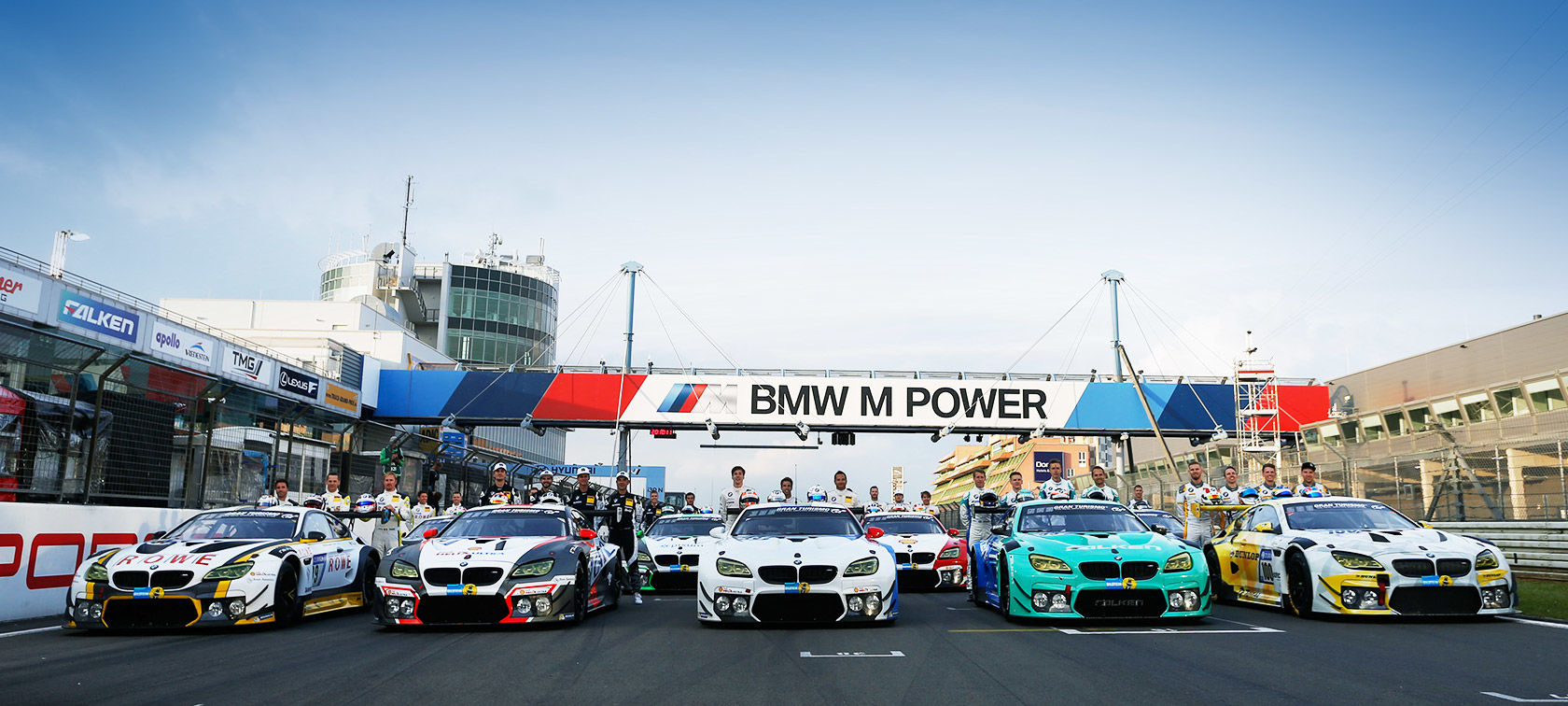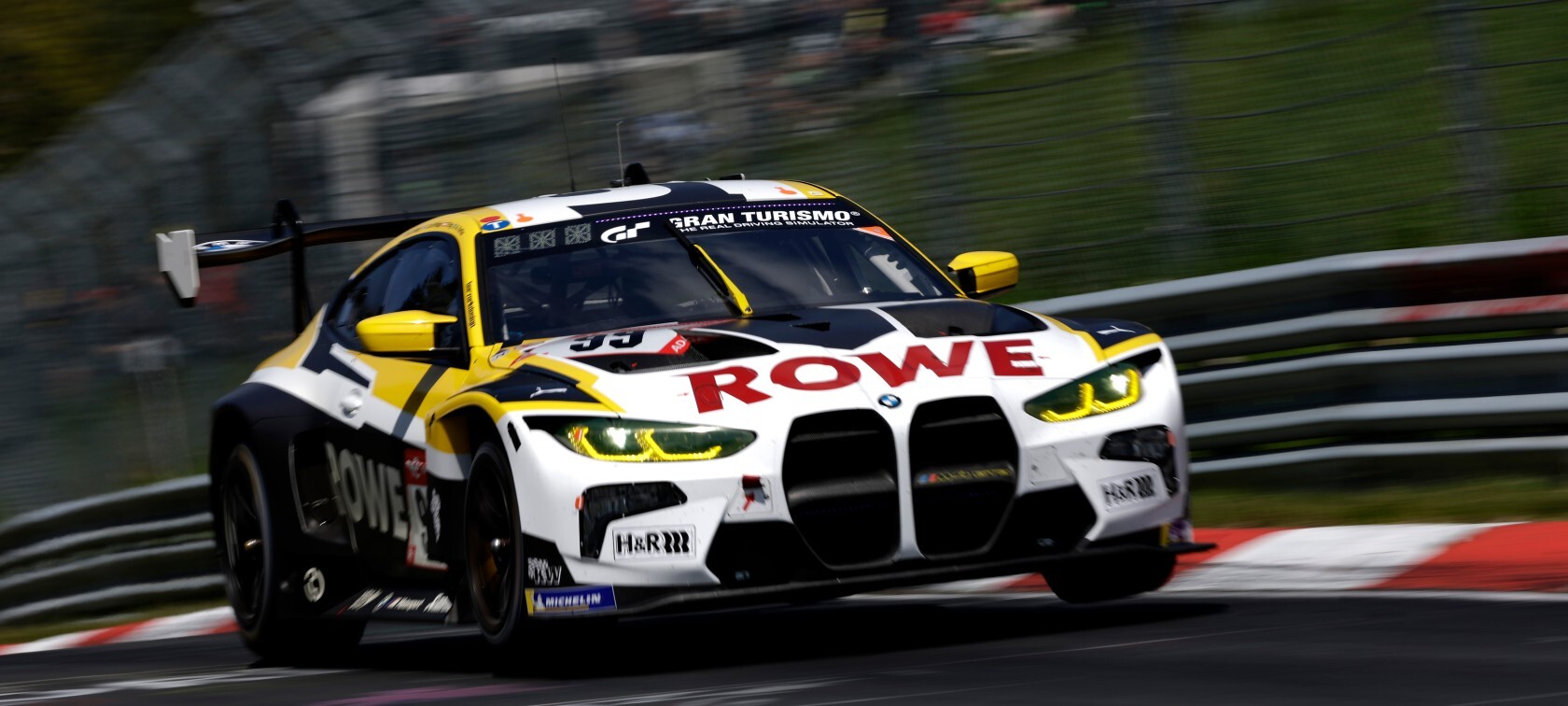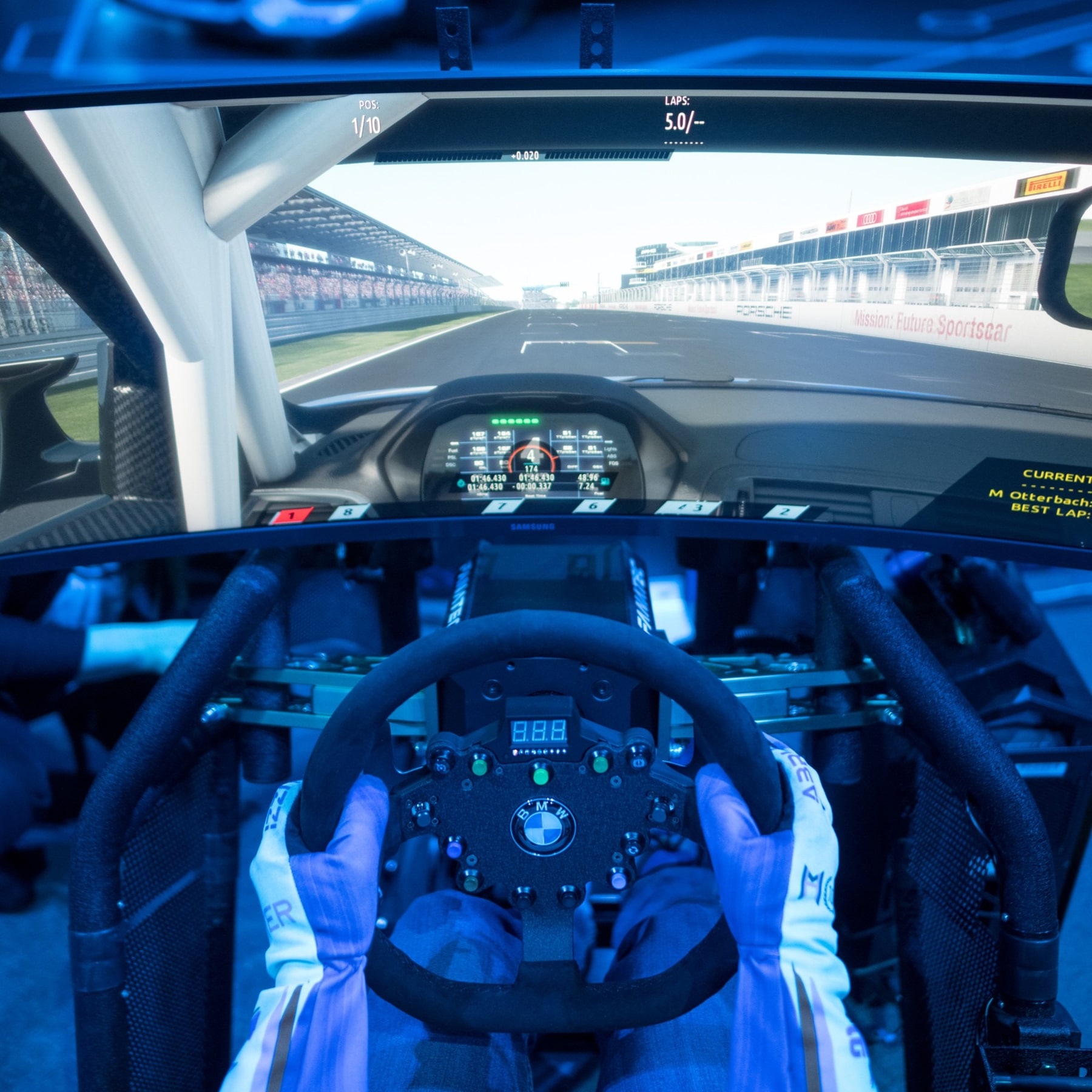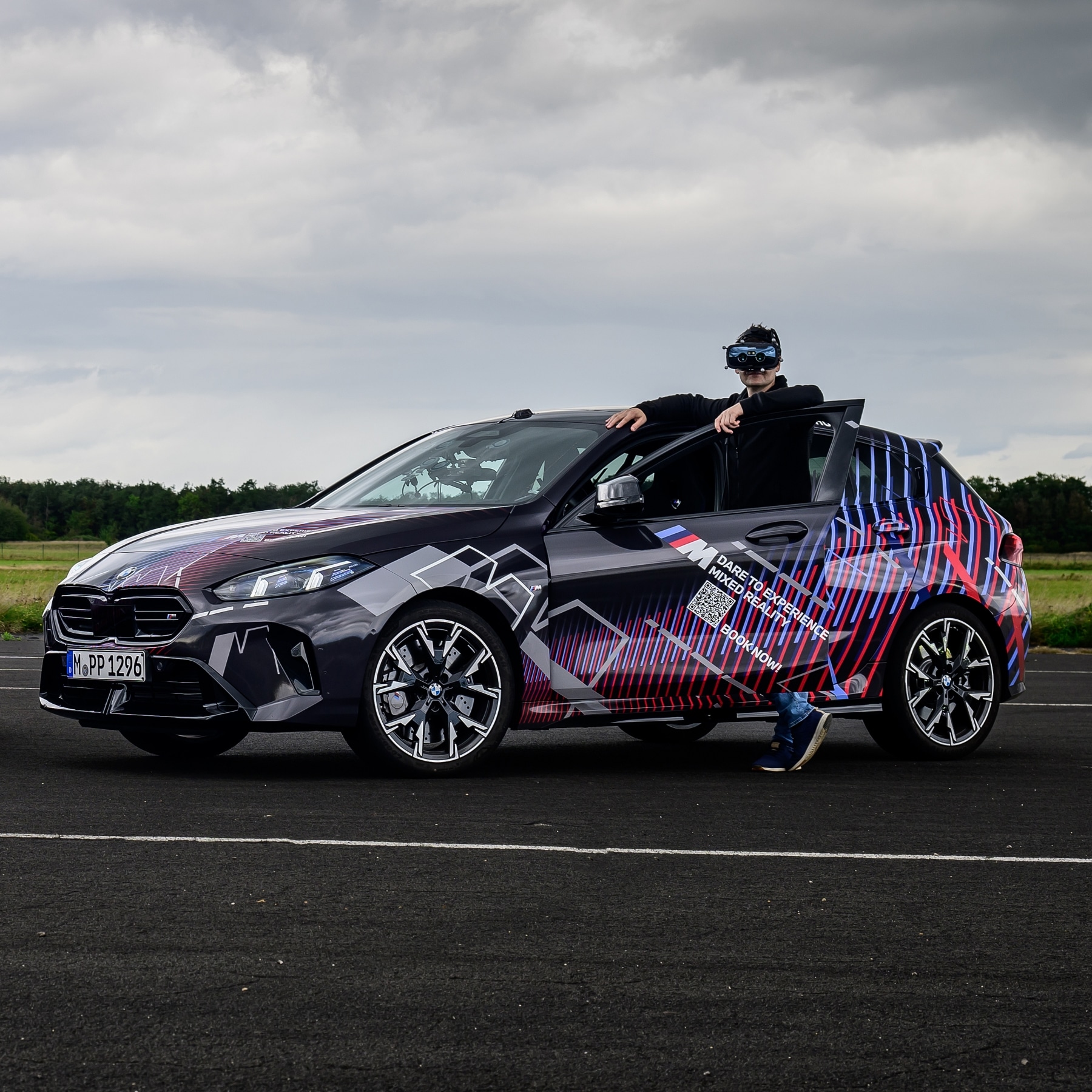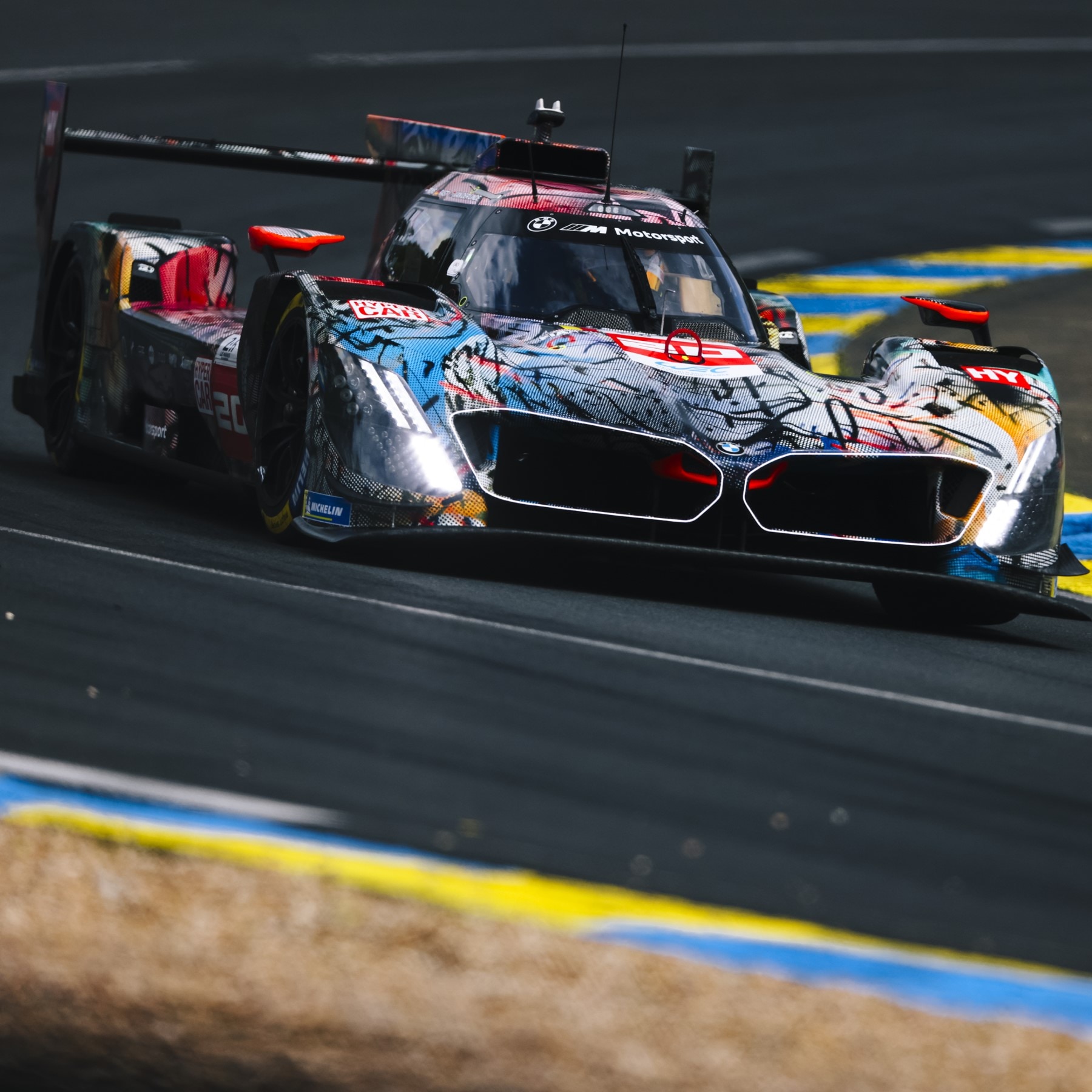On 20 June 2019 it’s that time again: the 24 Hours Nürburgring – the essence of what makes motorsport so big, emotional and thrilling. The Eifel roller coaster and its legendary Nordschleife circuit, affectionately and reverently called the ‘Green Hell’, sends even seasoned motor sports enthusiasts and automobile enthusiasts into raptures. A grand spectacle of motorsport’s most fascinating, purest and often merciless qualities, clear the way for the most important facts about this mythical 24-hour race.
The Nordschleife is the ultimate challenge.
Team Driftbrothers
WHEN WAS THE NÜRBURGRING BUILT?

WHEN WAS THE NÜRBURGRING BUILT?
On July 1, 1925, ground was broken for what was then billed as the first "German mountain, racing and test road". Just under two years later, the official opening ceremony was held on June 18, 1927. The modern Grand Prix circuit was built in the early 1980s to bring Formula 1 back to the Eifel, celebrating its opening on May 12, 1984.
HOW LONG IS A LAP OF THE 24-HOUR RACE AT THE NÜRBURGRING?
One lap stretches over 25.4 kilometres. It consists of the 20.8 km-long Nordschleife and a large part of the 5.1 km-long Grand Prix circuit.
HOW MANY VEHICLES SHARE THE TRACK?
150 vehicles and almost 500 drivers take part in the 24-hour race. The record number dates back to 2007, when a total of 224 vehicles were registered.
WHAT DO YOU NEED TO START AT THE NBR?
The Nürburgring’s owner regularly opens the gates to the Grand Prix and Nordschleife circuits for hobbyist drivers who don’t have any specialist racing experience. However, the 24-hour race is not open to motorsport amateurs.
To participate in racing events on the Nürburgring Nordschleife, a so-called ‘Nordschleife license’ (officially: DMSB Permit Nordschleife) is required. This is primarily for safety reasons, as it ensures that drivers have a basic level of Nordschleife experience and knowledge of the circuit’s rules. The easiest way to get a DMSB Permit Nordscheife is through one of the specially offered training courses.
The permit is available in three levels, from A to C. For the 24-hour race, a permit of level B or above is required. However, this is only sufficient for the smaller performance classes, with an A permit needed for the higher-powered vehicle categories. To get an A permit, drivers must have competed in two VLN Endurance Championship races (ADAC 24h qualifying races over six hours also count) at the Nürburgring.
Holders of an international C-licence can obtain a DMSB Permit Nordschleife comparatively easily via a Nordschleife driver training course or by proving participation in at least one RCN (Rundstrecken Challenge Nürburgring) series race.
HOW MANY DRIVERS ARE THERE PER TEAM AND VEHICLE?
The regulations require at least two drivers per vehicle, with four being the maximum. Due to the extremely demanding physical and mental conditions, teams usually consist of four drivers. However, a driver can be registered for two teams and compete in two vehicles.
The toughest test for a driver.
legendary British racing driver


WHICH PART OF THE CIRCUIT IS MOST DANGEROUS AND WHY?
Simple question, difficult answer: the combination of Nordschleife and Grand Prix track offers several sections that will set a driver’s heartbeat racing. At the forefront are the following sections, which have already left many over-ambitious competitors bitterly punished.
Schwedenkreuz: Drivers enter at high speed from a slight left turn, then braking hard down to a medium right turn. With many bumps and faults, it is extremely dangerous in variable weather conditions.
Exit Fuchsröhre: This is a very fast corner. From a dip it goes onwards into a slight left bend, which lies directly at the top of a crest. If you steer too hard at the wrong moment, you’ll quickly have to contend with an extremely light tail.
Adenauer Forst: A comparatively slow section, but the track turns suddenly, almost surprisingly, hard to the left, and immediately afterwards changes to a 90-degree right again. Anyone who is surprised by bad grip conditions here will at best drive straight across the green triangle between the two corners. In worse cases, the crash barriers almost directly adjacent to the track are waiting to greet you.
Brünnchen: The sticking point here is the medium-fast right. At first it looks as if it's on a slightly incline. But towards the exit of the curve, it falls off to the outside and "closes" a little. If you allow yourself to drift too far out, or accelerate too early, you’ll end up in a small but deep (and highly frequented) gravel trap – or in the crash barriers if that isn’t enough to stop you.
Caracciola Karussel: The carousel is legendary – a type of corner with elevation this uneven cannot be experienced anywhere else. Here man and machine are not only shaken vigorously: anyone who misjudges the speed at the entrance to the corner will be literally ejected as a result of the enormous centrifugal forces and quickly find themselves in the crash barriers above the road.
Schwalbenschwanz: From a fast right bend and a fluid left, drivers go straight into another left bend, which is not quite as fluid. The uneven concrete surface is particularly treacherous, which has given this section of the track the nickname "small carousel".
HOW MANY SPECTATORS ARE EXPECTED THIS YEAR?
Over the years, the 24-hour race weekend has developed into a kind of folk festival. Last year, more than 230,000 visitors made the pilgrimage to the Nürburgring, with many of them pitching their tents and spending days camping alongside the historic asphalt course. Organisers are expecting a similar rush of visitors in this year.
Martin Tomczyk

Martin Tomczyk
Yes, Martin Tomczyk is also a fact when it comes to the Nürburgring: as a former Formula BMW champion, Formula 3 driver and DTM champion, the professional racing driver knows the cornering angles of all European circuits practically by heart – including those of the Nordschleife. For BMW M, he is an indispensable works driver who knows exactly how to give street-legal high-performance automobiles the finishing touch.
WHERE ARE THE BEST PLACES TO CAMP?
There are numerous spots to pitch your tent along the Nordschleife. Hatzenbach, Adenauer Forst, Metzgesfeld, Wehrseifen and Schwalbenschwanz are popular and accordingly lively. The camping and party zone par excellence is found at Brünnchen. The car park here, with its caravan and tent village, embodies the mythical qualities of the Nordschleife like no other section of the circuit. Even better, the equally popular Karussel, Wippermann and Pflanzgarten sections are easy to reach from here. It’s worth noting that these areas are open for early campers several days before the actual race (from 8am, June 17th to 12pm, June 24). None are suitable for those requiring any creature comforts or a good dose of peace and tranquillity, but for motorsport fans they offer the festival of a lifetime.
WHERE IS THE BEST BRATWURST?
This is a question that cannot be answered unequivocally. The fact that some drivers make a detour for the bratwurst at Brünnchen during their breaks speaks heavily in its favour. However, this could be largely due to the very special atmosphere found at this section of the circuit, and not necessarily the quality of the bratwurst. Essentially, the 24-hour race is a huge open-air barbecue, with the air around the track perpetually filled with the smell of food cooking on the grill.
WHAT DOES "BALANCE OF PERFORMANCE" MEANS?

WHAT DOES "BALANCE OF PERFORMANCE" MEANS?
The so-called Balance of Performance, or BoP for short, is intended to guarantee exciting races. Its basis is the division of competing cars into different performance classes. The BoP includes measures designed to ensure equal opportunities between the numerous brands. To this end, different vehicle and engine concepts are brought into a narrow performance window. Typical restrictions are the minimum weight and the restrictor size for the intake, which directly influences engine performance. A look at the statistics shows just how incredibly thrilling the races can be as a result of BoP: in recent years, just seconds have been decisive for victory at the Nürburgring.
WHAT WAS THE FASTEST LAP EVER DRIVEN IN THE 24-HOUR RACE?
The current track record for the 24-hour race is still very fresh. The current track record at the 24-hour race was set in 2023 by German racing driver Daniel Keilwitz. He lapped the 25.378 km long track combination in 8:08.006 minutes in his Ferrari 296 GT3.
WHY IS THE FIELD DIVIDED INTO DIFFERENT STARTING GROUPS?
There are three starting groups at 24 Hours Nürburgring because its starting field is more diverse than in any other race. Compact, comparatively low-powered vehicles mix with prototype racing cars that have been homologated according to GT3 regulations. In addition, it means that the approximately 150 vehicles can be better distributed over the 25-kilometre circuit, reducing the risk of incidents.
IS THERE A SPEED LIMIT ON THE TRACK?
In 2015, a tragic accident occurred during a race of the VLN Langstreckenmeisterschaft Nürburgring, in which a spectator died. Track officials identified the extreme speed of the race’s top vehicles, in connection with the special track conditions, as the cause and established speed limits in particularly critical areas. In 2016, the speed limits of 250 km/h at Döttinger Höhe and 200 km/h at Schwedenkreuz were removed, after changes to the track, as well as performance adjustments by the regulations, made a return to unrestricted racing possible.
WHAT WILL THE WEATHER BE LIKE?
Changeable, as always: to make a reliable weather forecast for the Eifel is almost impossible. Again and again, supposedly reliable forecasts turn out to be only partially true, and sometimes prove completely inaccurate. However, the general forecast points to a mix of sun and clouds, with occasional showers and a temperature of 18 to 23 degrees. At night, temperatures are expected to drop as low as 8 degrees.
WHO IS THE MOST SUCCESSFUL DRIVER?
The title of the 24 Hours Nürburgring most successful driver is shared by Portuguese driver Pedro Lamy (2001, 2002, 2004, 2005, 2010) and two German drivers: Marcel Tiemann (2003, 2006, 2007, 2008, 2009) and Timo Bernhard (2006, 2007, 2008, 2009, 2011); all with five trophies each.
WHY ARE SOME VEHICLES EQUIPPED WITH A FLASHING BLUE LIGHT BEHIND THE WINDSCREEN?

WHY ARE SOME VEHICLES EQUIPPED WITH A FLASHING BLUE LIGHT BEHIND THE WINDSCREEN?
Vehicles that have qualified in advance among the top 30 fastest times will receive the coveted blue lights. Especially once night falls, the bright lights signal to the vehicle ahead that a faster car is approaching from behind. Drivers can then react early enough and not hinder the progress of the top vehicles.
HOW MANY TIMES HAS THE RACE BEEN HELD?
The 24 Hours Nürburgring has been held 46 times since 1970. It didn’t take place in 1974 and 1975 due to the continuing oil price crisis, and in 1983 because of extensive rebuilding work.
WHICH BRAND HAS BEEN THE WINNER OF MOST OVERALL VICTORIES SO FAR?
BMW is the most successful brand by some margin with 20 overall victories, followed by Porsche with 13 overall victories.
Anyone who says they don’t like the Ring is either lying or has never been there.
Legendary British racing driver


WHO ARE THE PAST 10 WINNERS?
| Year | Driver | Team | Car |
|---|---|---|---|
2023 | Bamber / Catsburg / Pittard / Laser | Frikadelli Racing Team | Ferrari 296 GT3 |
2022 | Van der Linde / Vanthoor / Vervisch / Frijns | Audi Sport Team Phoenix | Audi R8 LMS GT3 Evo II |
2021 | Cairoli / Christensen / Estre | Manthey-Racing | Porsche 911 GT3 R |
2020 | Sims / Catsburg / Yelloly | ROWE RACING | BMW M6 GT3 |
2019 | Kaffer / Stippler / Vervisch / Vanthoor | Audi Sport Team Phoenix | Audi R8 LMS |
2018 | Lietz / Pilet / Makowiecki /Tandy | Manthey Racing | Porsche 911 GT3 R |
2017 | Mies / Winkelhock / De Phillippi / van der Linde | Land Motorsport | Audi R8 LMS |
2016 | Schneider / Engel / Christodoulou / Metzger | Black Falcon | Mercedes-AMG GT3 |
2015 | Mies / Müller / Sandström / Vanthoor | Audi Sport Team WRT | Audi R8 LMS |
2014 | Haase / Winkelhock / Mamerow / Rast | Team Phoenix | Audi R8 LMS ultra |
2013 | Schneider / Bleekemolen / Edwards / Thiim | Black Falcon | Mercedes-Benz SLS AMG GT3 |
WHICH IS THE MOST SUCCESSFUL TEAM?
Manthey Racing, from Meuspath near the Nürburgring, is the most successful team with seven overall victories (2006, 2007, 2008, 2009, 2011, 2018, 2021).
WHICH MODEL IS CONSIDERED THE MOST LEGENDARY BMW EVER TO START?

WHICH MODEL IS CONSIDERED THE MOST LEGENDARY BMW EVER TO START?
Throughout the history of 24 Hours Nürburgring, BMW models have repeatedly taken the limelight. Most memorable are the BMW M3 GTR (2004 winner, 2005 title defence), the BMW M3 E30 (four consecutive victories between 1989 and 1992) and the BMW 2002 TI (victory at the premiere of the 24-hour classic in 1970). The BMW 320d, which was the first diesel-powered vehicle to clinch a prestigious victory in 1998, should also not go unmentioned.
HOW MANY VERTICAL METRES DO THE DRIVERS TAKE ON DURING A LAP?
At the Hohe Acht section, the track is a good 620 metres above sea level, while at Breidscheid it is only around 320 metres above sea level. The difference in altitude between the highest and lowest point is thus a full 300 metres – completely unique amongst the world’s racetracks. In addition, there are gradients of up to 11 per cent at Fuchsröhre and up to 18 percent between Caracciola-Karussel and Hohe Acht.
NINE OUT OF TEN.
1970 was a very successful year for BMW at the Nürburgring. After 123 laps and 2,808.71 kilometers driven, three BMWs crossed the finish line first, the winners being Hans-Joachim Stuck (only 19 years old at the time) and Clemens Schickentanz. And that's not all: nine of the first ten race cars to finish the race came from BMW.

